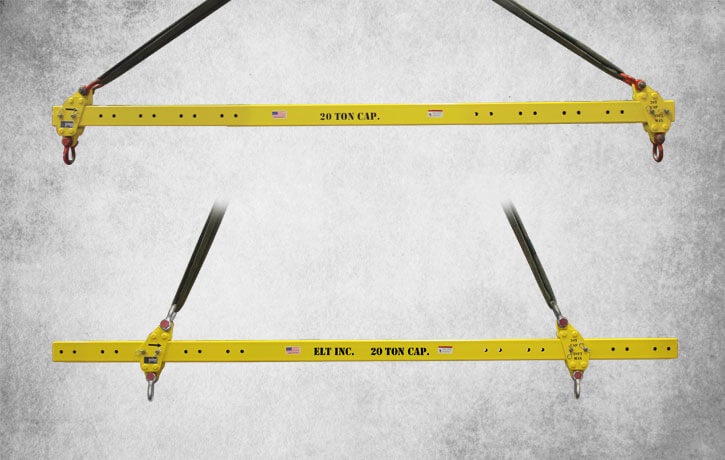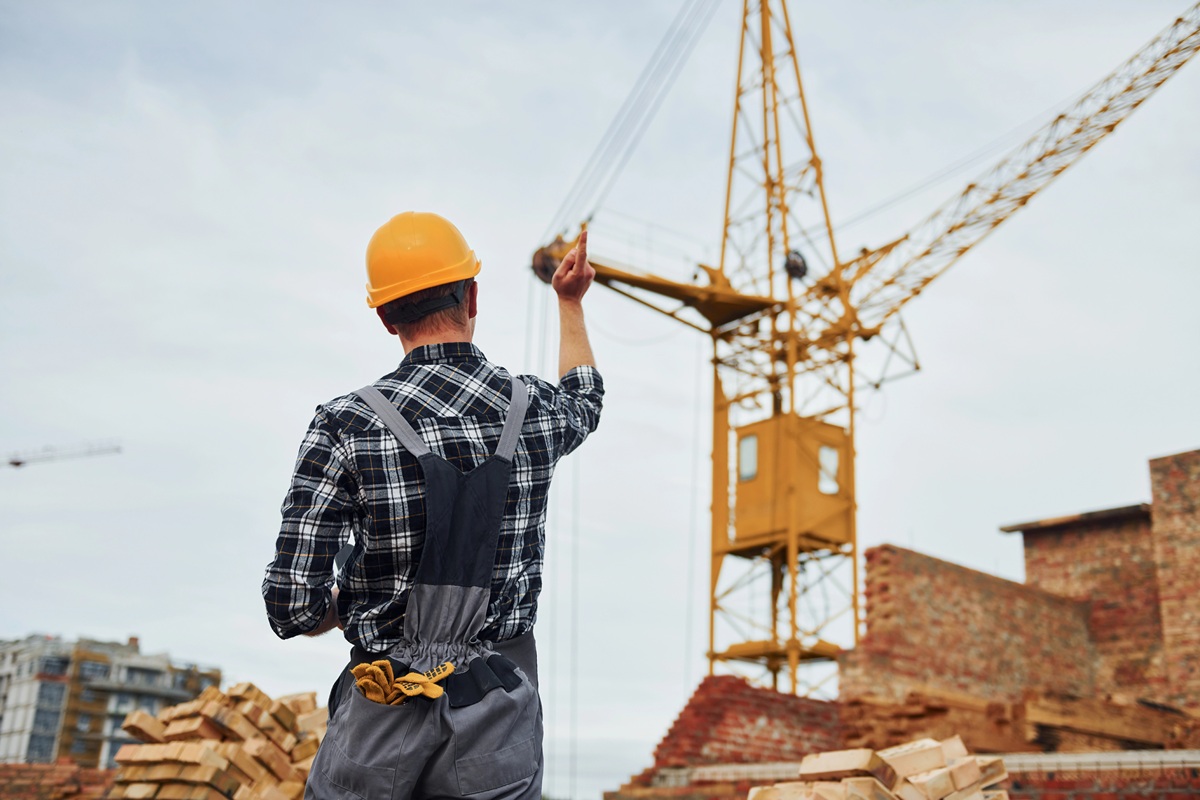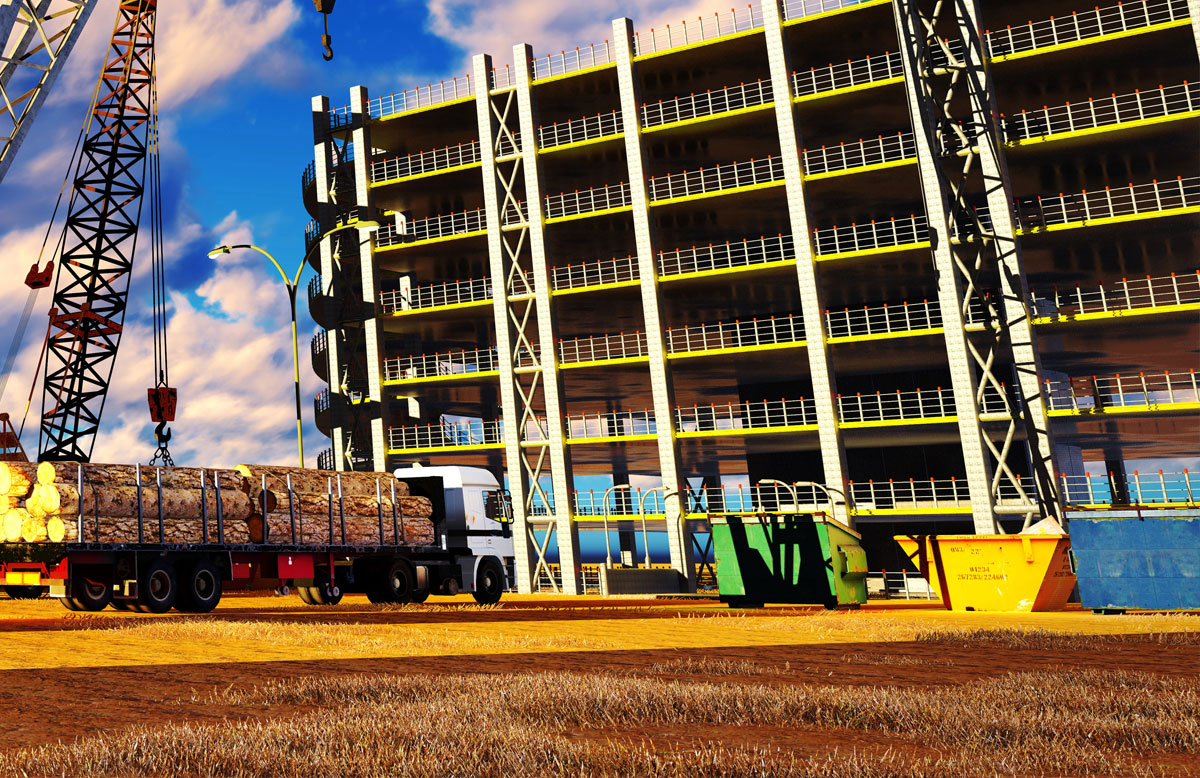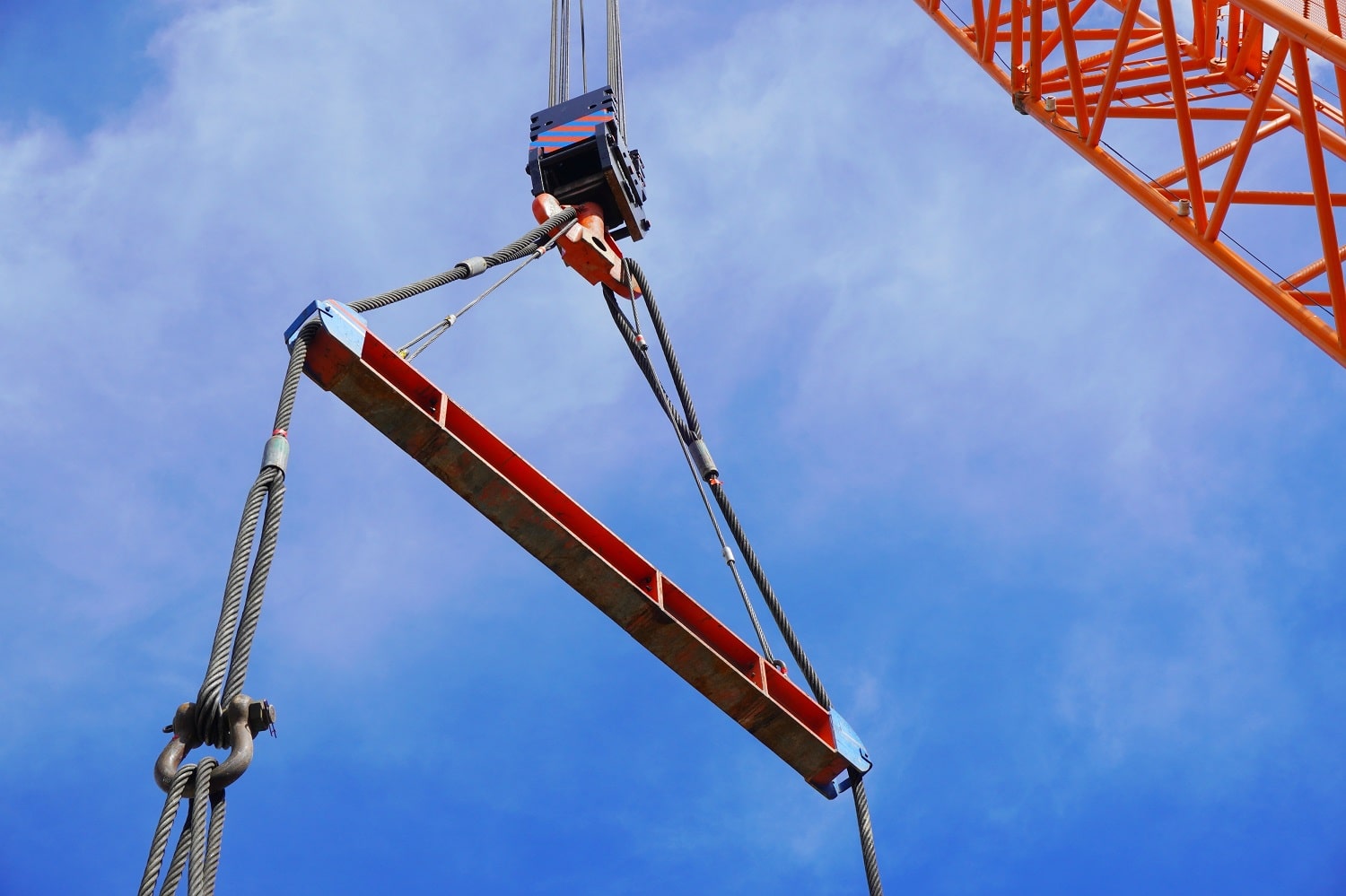Complete Guide to Industrial Spreader Bars

Industrial spreader bars are essential in lifting operations, particularly in construction, shipping, and manufacturing. These bars are designed to distribute the load evenly across multiple points, enhancing stability and safety during lifting. Below, we’ll dive into the functions, types, benefits, and best practices of using industrial spreader bars so your company can decide on if they’re right for your lifting needs.
What Are Spreader Bars?
Spreader bars are long metal bars with attachment points for slings or chains on each end. Their primary function is to convert lifting loads into compressive forces in the bar and tensile forces in the slings, which allows proper lifting of heavy and awkwardly shaped loads. With their use, they prevent the load from bending or breaking, ensuring a safer and more efficient lift.
Why Use Spreader Bars?
The key advantage of using spreader bars is their ability to distribute the load across multiple points, minimizing the risk of load damage and enhancing stability. They are particularly useful for lifting loads that are too large or unevenly balanced to be lifted from a single point. Common usage includes lifting concrete pipes, portable toilets, skip bins, and various construction materials.
Types of Spreader Bars
- Fixed Spreader Bars: These have a set length and are ideal for specific lifting tasks where the load dimensions are known and consistent.
- Adjustable Spreader Bars: These allow for length adjustment to accommodate various load sizes and shapes. They offer flexibility and are suitable for a range of lifting operations.
- Telescoping Spreader Bars: These are a type of adjustable spreader bar with a telescoping mechanism, providing even greater flexibility in length adjustment.
Safety Instructions
When handling spreader bars, adhering to safety protocols is crucial to prevent accidents and ensure efficient lifting operations. Key safety measures include:
- Pre-Use Inspection: Always inspect the spreader bar and associated lifting equipment for any signs of damage, wear, or malfunction.
- Load Calculations: Ensure the load is within the spreader bar’s rated capacity and calculate the load distribution to maintain stability.
- Proper Attachment: Securely attach the spreader bar to the lifting device and load using appropriate shackles and slings.
- Avoid Overloading: Never exceed the rated load capacity of the spreader bar.
- Control the Load: Use tag lines to control and stabilize the load during lifting to prevent swinging or shifting.
- Professional Handling: Only trained personnel should operate spreader bars, following the manufacturer’s guidelines and industry standards.
Common Mistakes and How to Avoid Them
- Improper Attachment: Ensure the spreader bar is properly attached to the lifting equipment with locking pins and safety chains. Sagging chains can lead to instability and accidents.
- Incorrect Load Distribution: Maintain the spreader bar level with equal tension on both sides to prevent unnecessary strain on the bar and lifting hooks.
- Neglecting Inspections: Regularly inspect the spreader bar and lifting equipment for wear, damage, and proper functioning. Address any issues immediately to avoid accidents.
Benefits of Purchasing a Spreader Bar for Your Operation
Investing in a spreader bar for your lifting operations can offer numerous advantages, ensuring both efficiency and safety. Here are some key benefits of purchasing a spreader bar for your operation:
- Customization and Specificity – When you purchase a spreader bar, you have the opportunity to tailor it to your specific lifting requirements. This customization can include adjusting the length, capacity, and configuration of the spreader bar to handle particular loads and operational conditions. Customization ensures optimal performance and safety, especially for repetitive and unique lifting tasks.
- Long-Term Cost Efficiency – While the initial investment in a spreader bar might be significant, it can result in long-term cost savings. Owning the equipment eliminates ongoing rental fees and the logistics of coordinating rentals. Over time, this can lead to substantial financial benefits, particularly for companies that frequently engage in lifting operations.
- Availability and Reliability – Owning a spreader bar ensures that it is always available when needed, reducing downtime and delays associated with equipment rental. This reliability is crucial for maintaining a smooth workflow, particularly in industries with tight schedules and high operational demands.
- Enhanced Safety and Compliance – Having a dedicated spreader bar that is regularly maintained and inspected can significantly enhance safety. Ownership allows for better control over the condition and functionality of the equipment, ensuring it meets all safety standards and regulations. This proactive approach to safety can prevent accidents and improve overall workplace safety.
- Versatility and Flexibility – Purchasing a spreader bar offers the versatility to handle various lifting scenarios. Many spreader bars are designed to be adjustable, allowing you to modify their length and configuration to suit different tasks. This flexibility makes it easier to adapt to changing project requirements without the need for additional equipment.
_________________________________
Industrial spreader bars play a vital role in lifting operations by ensuring load stability and safety. By understanding their functions, types, and best practices for use, industries can enhance their lifting efficiency and safety standards., When looking to purchase, selecting the right spreader bar tailored to specific lifting requirements is crucial for successful operations.
For detailed information on selecting and using spreader bars, our expert team here at ELT can offer valuable insights and solutions tailored specifically to your needs.




